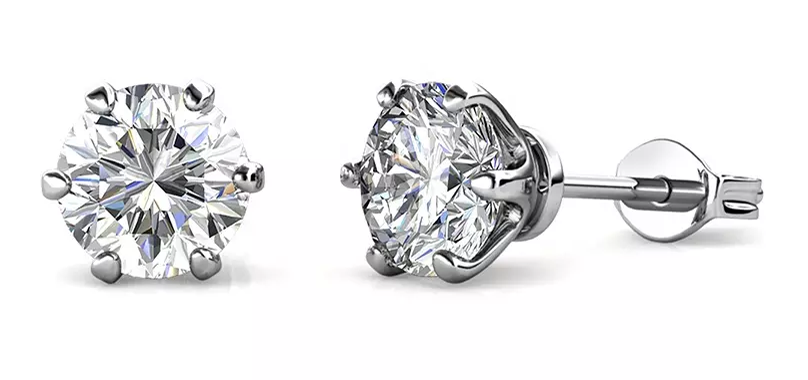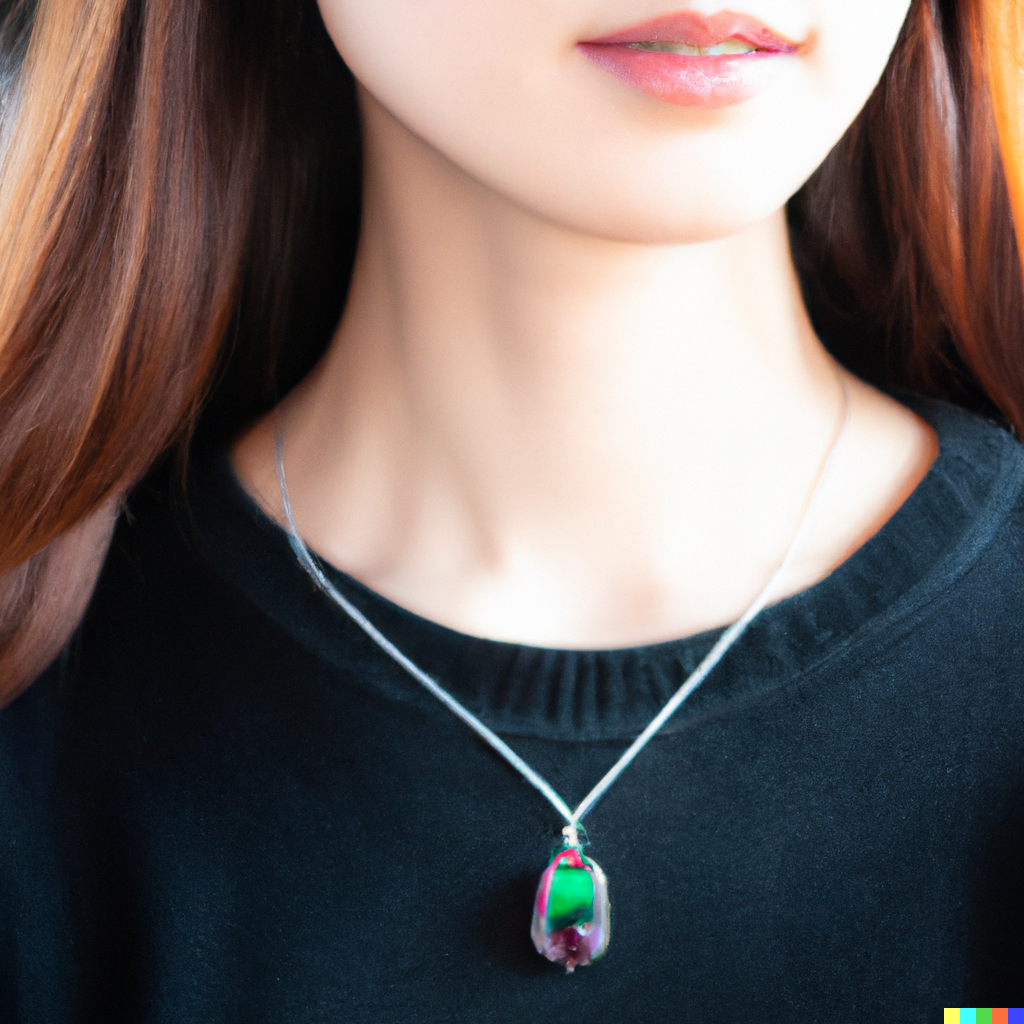Spectrolite: Gemstone and Jewelry
Spectrolite is a captivating gemstone that has gained fame internationally, with its unique quality in the production of exquisite jewelry. The gemstone is one of the rare varieties of labradorite feldspars that transmits a broad spectrum of colors on its surface. This article will delve into the history, origin, quality assessment, and the use of spectrolite in jewelry-making.

History and Origin:
The discovery of spectrolite occurred in 1940 in Finland's Ylämaa region, where it was initially termed "labradorite." The name "spectrolite" was derived from its diverse color patterns that could be viewed under different angles of light. In Finland, spectrolite is considered as the national gemstone, and it is often called "Finnish spectrolite." The region boasts of the world's best quality spectrolite deposits, with the demand soaring due to its rarity and uniqueness in the jewelry making industry.
Spectrolite belongs to the plagioclase family of minerals, and its formation is attributed to the slow cooling of the molten rock, which results in the formation of microscopically thin crystalline layers in the rock. The gemstone's geological origin is traced back to the Precambrian time, around 1.8 billion years ago, making spectrolite one of the oldest gemstones in the world. The gemstone's location is specific to the Ylämaa region's bedrock, where it is exposed due to the impact of glacial erosion.

Spectrolite Characteristics:
Spectrolite is a semi-translucent to an opaque gemstone with a hardness rating of 6-6.5 on the Mohs scale. The gemstone has a typical speckled appearance, with a range of diverse colors that are visible under natural or man-made lighting. The colors found on spectrolite vary from shades of blue, green, yellow, and orange to brown and burgundy. However, the most striking feature of this gemstone is the luminescent quality visible on its surface when viewed at different angles, commonly referred to as the "labradorescence" effect.
The "labradorescence" effect is a feature found on the surface of spectrolite that allows the reflection of different colors upon its surface. The effect resembles the play of colors visible on opal, and the underlying reason for this optical phenomenon is attributed to the existence of tiny inclusions in the crystal structure of the gemstone. These inclusions, known as twinning planes, are microscopic layer fragments that interfere with the reflected light's path, and as a result, an exciting spectrum of colors are generated. The color pattern visible on spectrolite varies according to the viewing angle and the shape of the gemstone.

Quality Assessment:
In the jewelry industry, the quality of a gemstone is assessed based on specific criteria that determine its worth and suitability for use. The same applies to spectrolite, where a set of standards is used to determine its level of value. The following are some of the criteria applied in sonic of the key areas of quality assessment as applied in the jewelry industry.
- Color: The color pattern on spectrolite sets it apart as one of the rare and valuable gemstones in the world. High-quality spectrolite should showcase a myriad of colors, as well as a defined outline of shapes that transition in the most graceful manner. The colors should reflect the hue with splotches of radiant, iridescent, and metallic tones of blue, green, yellow, orange, brown, and burgundy. The colors should be visible from all angles and not restricted to the surface of the gemstone.
- Clarity and Cut: The clarity of the gemstone refers to the presence of any inclusions or cracks on its surface. High-quality spectrolite should have little to no inclusion, with a perfectly polished surface. The gemstone's cut should be precise to ensure the most exquisite display of its luminescence effect.
- Size: The size of the gemstone is also a factor in determining its worth. The price of spectrolite increases with its size, with larger sizes fetching more value in the market.

Use of Spectrolite in Jewelry:
Spectrolite's unique and diverse color patterns make it a sought-after gemstone for use in jewelry-making. The gemstone is suitable for a range of jewelry designs, including earrings, necklaces, pendants, and bracelets. Spectrolite's luminescent effect makes it ideal for use in statement pieces, where the gemstone's hypnotic appearance captures the viewer's attention. Here is a list of popular spectrolite jewelry pieces:
- Earrings: Spectrolite in earrings brings out the gemstone's captivating sheen and luminescence effect, making them an ideal accessory for formal occasions. The gemstone can be inlaid or attached to metals such as gold and silver, matching any skin tone or outfit color.
- Necklace: Spectrolite is also suitable for use in necklaces, with the gemstone's unique color patterns adding a touch of elegance and class to the wearer's neck. The necklaces can be inlaid with other gemstones such as diamonds or used as a standalone accessory.
- Pendants: Spectrolite pendants are also popular in jewelry-making, with the gemstone's radiance effect accentuating the pendant's beauty. The pendants can feature any of the gemstone's color ranges, suitable for any outfit or occasion.
- Bracelets: Spectrolite bracelets add class and style to any outfit, with the gemstone's enchanting properties capturing the viewer's attention. The bracelets can be worn as a standalone piece or with other gems or metallic jewels, creating a striking effect on the wrist.

Spectrolite is a unique and rare gemstone that has made an impression on the jewelry-making industry globally. The gemstone's unbeatable qualities, including the "labradorescence" effect, make it the preferred choice for artisans and jewelry makers who seek to make exquisite statement pieces. With its origins in Finland's Ylämaa region, spectrolite remains an elusive gemstone, with limited deposits worldwide, making it one of the most valued gems in the world.






















Leave a comment